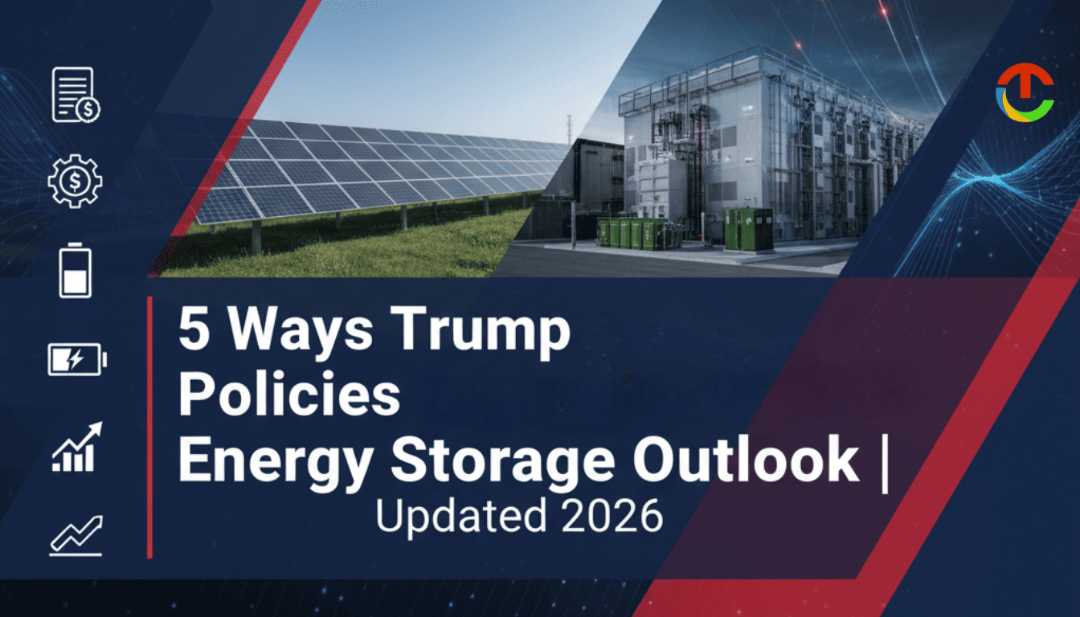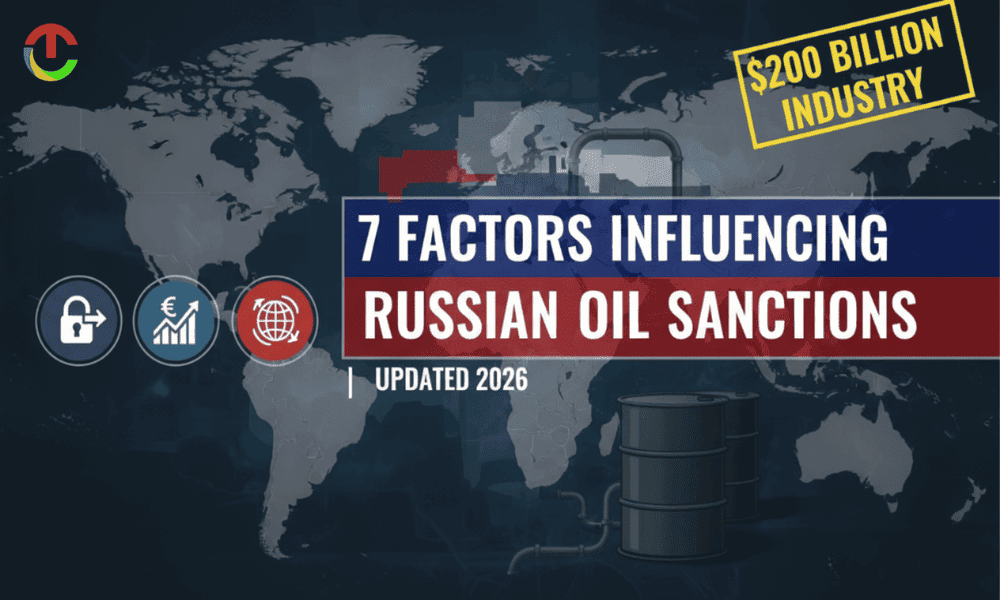The U.S. energy storage landscape in 2026 continues to reflect policy decisions from previous administrations. Notably, several policies introduced under former President Donald Trump have left a lasting impact on energy infrastructure, investment patterns, and market dynamics. From regulatory rollbacks to trade policies, these measures influenced both renewable energy growth and the traditional fossil fuel sector.
Understanding these influences helps forecast the trajectory of US energy storage and its integration with the national grid.
1. Deregulation and Energy Infrastructure
Federal Deregulation Policies
Trump’s administration prioritized reducing federal oversight on energy projects, streamlining permits for pipelines, storage facilities, and power plants. This deregulation accelerated deployment of large-scale energy storage facilities, particularly those linked to fossil fuel plants. By simplifying compliance, more private investors entered the storage market, anticipating lower bureaucratic costs.
Implications for Grid Modernization
Grid modernization projects, including battery storage integration, benefited indirectly from this approach. Utilities were encouraged to expand storage systems alongside new transmission lines. However, critics argue that a focus on deregulation often favored fossil fuel storage over renewable integration, potentially slowing long-term green energy adoption.
2. Incentives for Fossil Fuel Industries
Tax Breaks and Subsidies
Trump’s energy policy included substantial tax incentives for coal, natural gas, and oil industries. These incentives reduced operational costs for fossil fuel storage and improved financial viability of supporting storage infrastructure. For example, gas peaker plants integrated with battery systems received indirect support, boosting grid reliability.
Impact on Storage Market Competitiveness
While fossil fuel storage grew, renewable storage faced a more competitive landscape. Developers of lithium-ion and flow batteries had to contend with lower costs and stronger lobbying power from traditional energy sectors. This created a mixed market scenario where fossil and renewable energy storage coexisted, sometimes in tension.
3. Trade Policies and Domestic Manufacturing
Lithium, Battery Materials, and Imports
Tariffs on imported solar panels, lithium, and other battery components under Trump policies encouraged domestic production. While initially challenging for storage companies dependent on imports, this policy ultimately fostered a U.S.-based supply chain, improving long-term resilience in the battery storage market.
Supply Chain Challenges
Short-term disruptions in imports affected cost and availability of storage technologies. However, domestic manufacturers began scaling production, leading to more localized energy storage solutions. By 2026, this policy legacy contributes to the United States’ greater independence in critical energy storage materials.
4. Energy Independence Focus
Strategic Storage for Grid Resilience
Trump’s energy independence policies emphasized maximizing domestic energy sources. This included developing storage systems to ensure continuous supply from U.S.-produced oil, natural gas, and coal. Strategic deployment of storage facilities helped utilities manage peak demand and mitigate blackout risks.
Impact on Renewable Adoption
Prioritizing domestic fossil energy occasionally slowed adoption of renewable storage projects. Investments were often channeled toward fossil-backed storage infrastructure rather than purely renewable grids. Despite this, states with aggressive renewable mandates continued their growth, creating a mixed but resilient storage ecosystem.
5. Long-Term Policy Ripple Effects
Investor Confidence and Market Growth
Policy predictability encouraged long-term investment in energy infrastructure. Developers understood federal priorities, leading to stable planning for storage systems. Even as administrations changed, Trump-era deregulation set a baseline for market expectations, influencing risk assessment and financing decisions.
Technological Innovation and Research Funding
While federal R&D budgets for renewable storage remained modest, the focus on domestic energy solutions indirectly boosted innovation. Companies invested in advanced storage technologies to optimize integration with fossil fuel grids, including hybrid systems combining gas and battery solutions.
FAQs on Trump Policies and US Energy Storage
| Question | Answer |
|---|---|
| How did Trump policies affect renewable energy storage? | They slowed some projects due to fossil fuel prioritization but encouraged domestic storage manufacturing. |
| Did deregulation help energy storage growth? | Yes, it simplified permitting, allowing more projects to launch quickly. |
| Are domestic battery manufacturers benefiting from past tariffs? | Yes, U.S.-based production has increased due to import restrictions. |
| How did tax incentives influence storage investments? | Fossil fuel tax breaks indirectly supported related storage infrastructure. |
| Did energy independence policies reduce renewable adoption? | Partially, but state-level mandates ensured continued growth of renewables. |
| Will these policy impacts last beyond Trump’s administration? | Yes, many regulatory frameworks and market patterns remain influential in 2026. |
Balancing Policy Legacy with Market Innovation
Trump-era policies have left a mixed but significant imprint on the US energy storage outlook. Deregulation, trade policies, and fossil fuel incentives shaped the deployment, financing, and technology adoption of storage solutions. While renewable storage faces challenges, domestic manufacturing and strategic grid investments have grown. As the energy landscape evolves in 2026, understanding these policy effects is key for investors, policymakers, and innovators seeking to optimize U.S. energy storage infrastructure.




